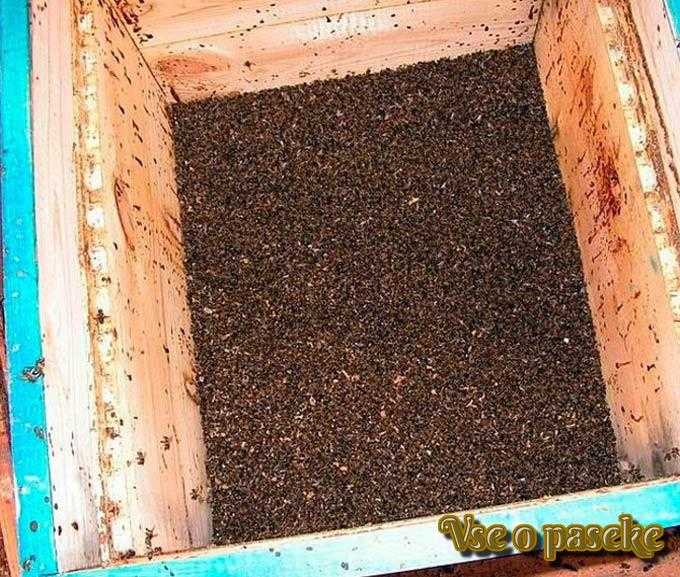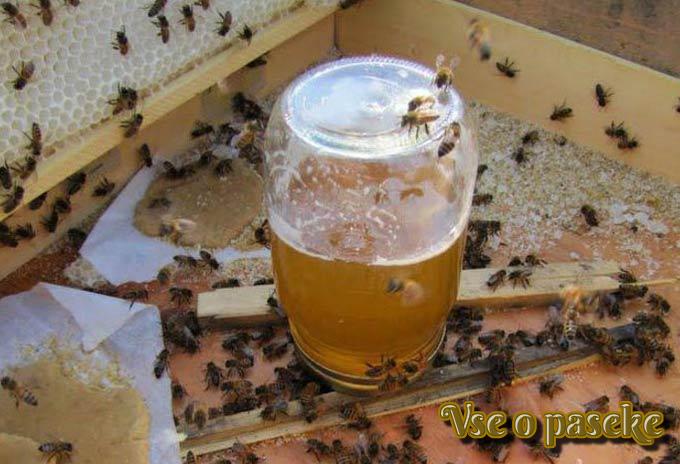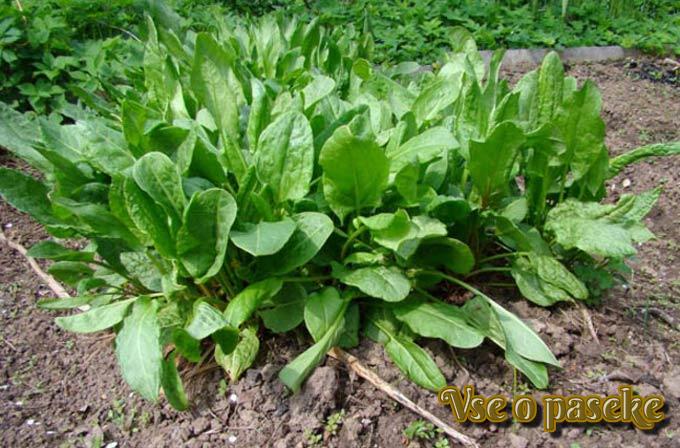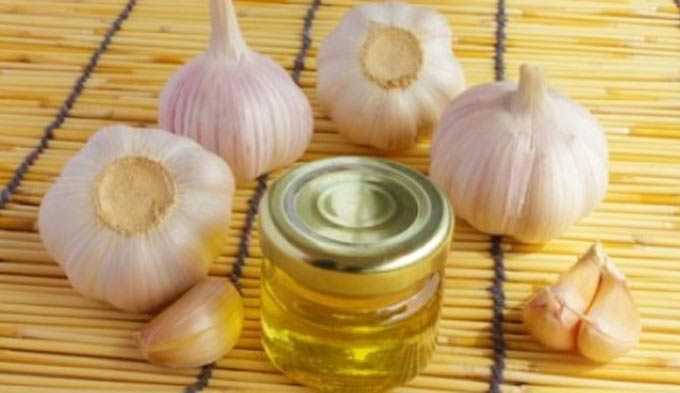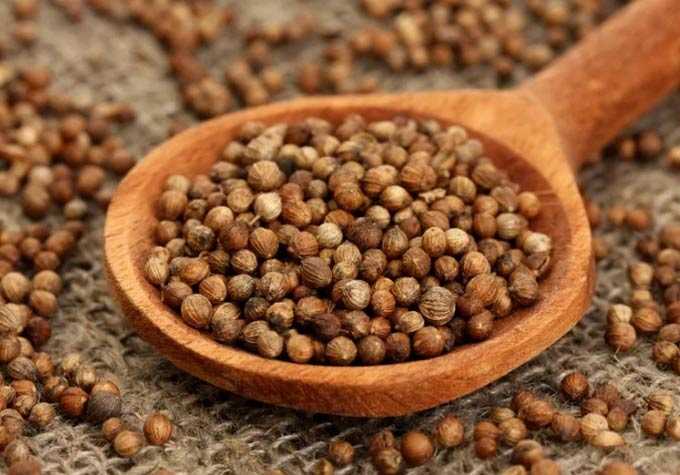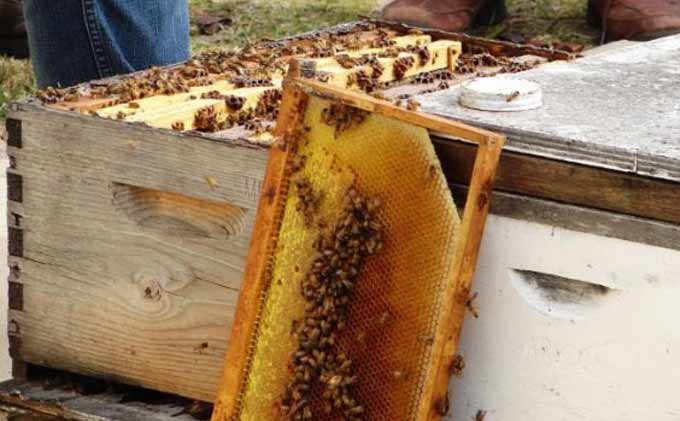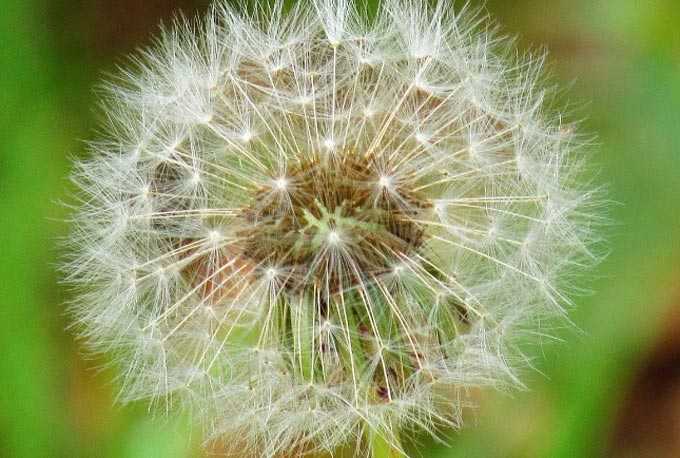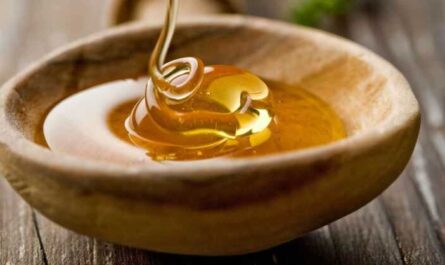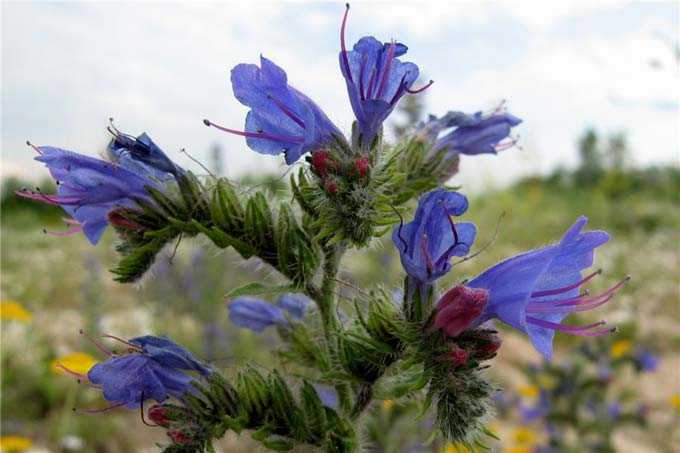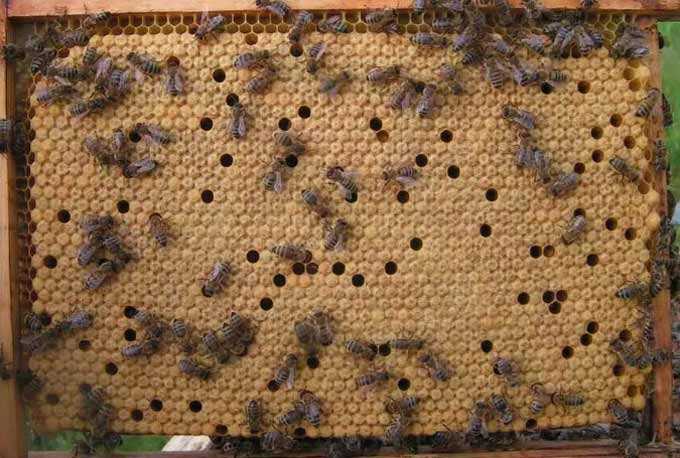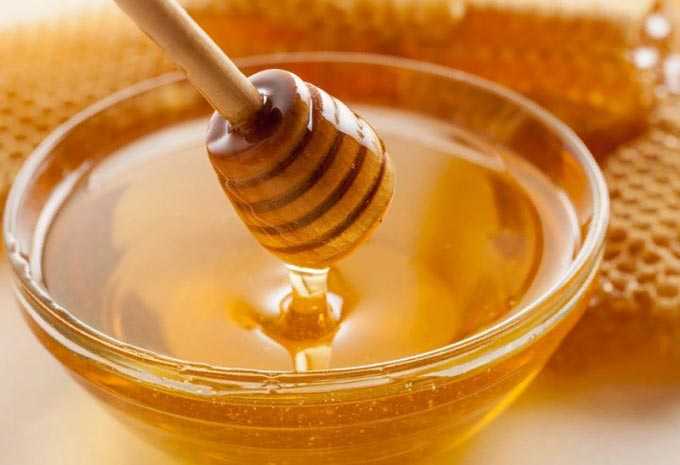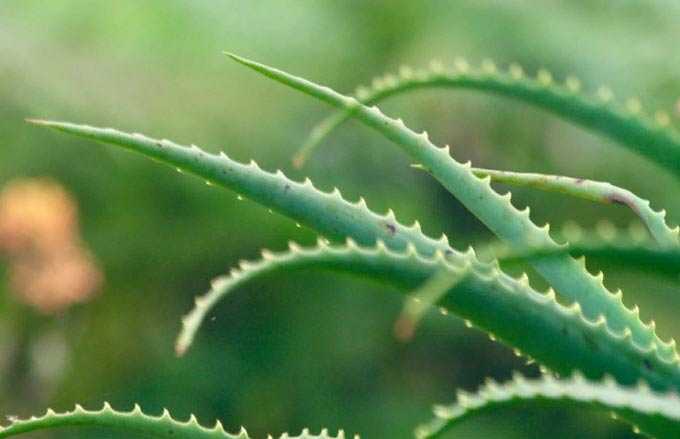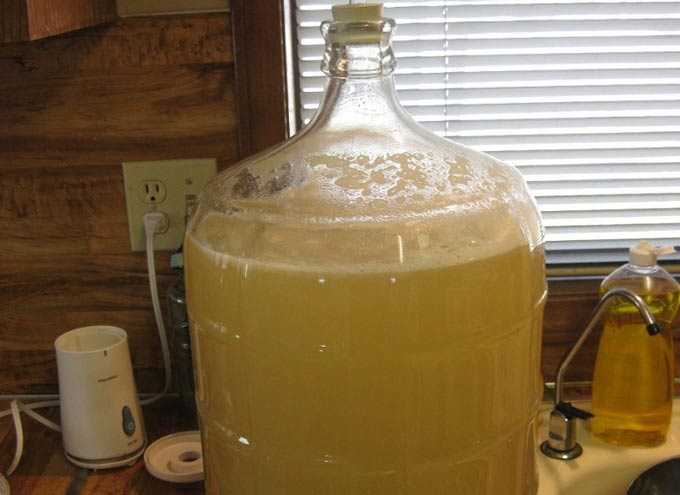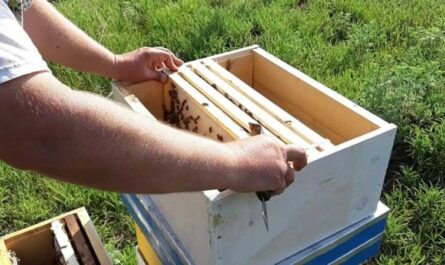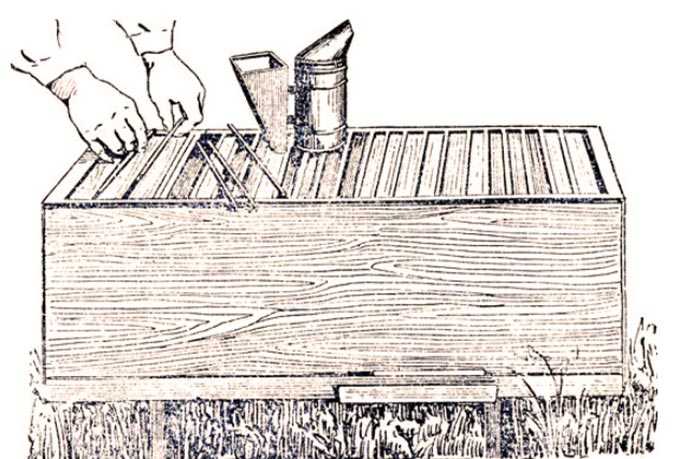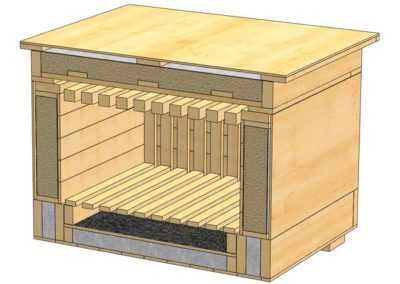Liquid excrement in bees is the cause of the weakening of insects, and sometimes the death of entire families. It is important to determine what caused the disease and to treat the nests as needed to prevent the infection from developing and spreading.
We will talk about what kind of diarrhea is and how to get rid of it in your apiary in this article.
The content of the article
- 1 What is diarrhea
- 2 Main features
- 3 Prevention
- 4 Folk methods
What is diarrhea
Diarrhea can be one of the symptoms of a serious infectious disease, such as paratyphoid fever or nosematosis. Or proceed as a separate ailment. Therefore, bee diarrhea can be divided into two categories:
- contagious (infectious) – caused by a specific pathogen;
- non-contagious – resulting from inappropriate care of families.
You can determine the true cause of the disease by contacting a veterinary laboratory. Taking a podmore for analysis in the spring is a common practice that helps to diagnose dangerous infections in time.
Traces of diarrhea in the hive
If pathogenic microorganisms are found in the intestines of insects suffering from diarrhea, it is necessary to start destroying the pathogen – start treatment with appropriate chemicals.
With a non-infectious type of diarrhea, no pathogenic microorganisms or their spores will be found in the intestinal contents. But this does not mean at all that treatment can be neglected.
If timely measures are not taken to eliminate the causes that led to diarrhea, weakened insects can become a victim of infectious contamination.
Main features
The peak incidence of infectious diarrhea species is observed at the end of wintering and in early spring, immediately after the exhibition of hives on the street. Non-infectious diarrhea is more often observed directly during wintering.
To detect a disease, it is enough to inspect the bee’s nest. Black, brown or yellow spots can be observed on the landing board, outer front wall, frames, honeycomb cells, inner surface of the hive. The more common the disease, the greater the number of bowel movements.
Other signs:
- a swollen abdomen in insects, indicating an overflow of feces in the intestines;
- a sharp weakening of the nest – the mass death of bees (the presence of a large amount of death).
It should be noted that the inability to perform a cleansing flight leads to rapid intestinal overflow. And this always leads to alimentary diarrhea.
The death of a large number of bees is a sign of a family dysfunction
Bees cannot cleanse themselves during the flight for the following reasons:
- Wintering is carried out on low-quality or honeydew honey, which contains many indigestible residues. And bees cannot fly out of the hive due to low air temperatures.
- The insects entered wintering with already crowded intestines (for some reason, they could not make a late autumn flight).
- Wintering was delayed due to late spring.
- A healthy microclimate was not provided in the winter quarters – humidity and temperature are unfavorable for insects.
Prevention
The main preventive measure to avoid bee diarrhea is strict control of the quality of feed in the winter-spring period.
When feeding families, it is important to avoid aluminum cookware and galvanized feeders. This can lead to metal salt poisoning (salt toxicosis) and diarrhea. For the preparation of syrup, only enameled dishes are always used. Feeders made of non-oxidizing materials are used.
Glass bowl drinker
Dark brown spots indicate poisoning with honeydew honey. Sick families are fed 5% sugar syrup in the amount of 1-1,5 liters per nest. And they produce an early exhibition of hives from the winter quarters.
Another spring cause of poisoning, accompanied by liquid feces, is the intake of nectar from poisonous plants. Such diarrhea can be detected from mid-May. The following tactics are used for treatment. The affected family is placed in a warm room and the bees are fed with liquid sugar syrup.
In case of alimentary (non-infectious) diarrhea that occurs in early spring or during wintering, bees should organize an indoor flight or put the hives outside as early as possible in order to encourage insects to empty.
50% sugar syrup heated to 30-35 degrees can help in cleansing the intestines. After flying around, the nests are reduced and insulated, and the pond is burned. After the flight, honey can be used for forage purposes without any restrictions.
It is very easy to spot bees worried about intestinal overflow. They break away from the club, go down to the bottom of the hive or crawl out onto the landing board (front wall), where they die from the cold.
Folk methods
Experienced beekeepers use prophylaxis with folk remedies that protect bees from nutritional diarrhea.
Most often, liquid excrement occurs when eating honeydew honey, which is not always possible to remove from the hives. The preventive measure in this case is very simple:
- You need to make it strong decoction of thyme (Bogorodskaya grass).
- After straining in a hot broth, dissolve sugar or honey at the rate of 2 parts of top dressing for 1 part of the finished broth. Moreover, honeydew honey can be used if it is known to be present in the nest. It is boiled with thyme. Then it is used for feeding insects.
Blooming thyme
Thyme is sometimes substituted with sage. Such feeding has a healthy effect on insects, even if there is a honeydew in the hive.
After using the medicinal broth for prophylactic purposes, no traces of diarrhea will be observed during the exhibition of hives from the winter quarters.
Another great folk remedy is sour (oxalic) top dressing… It helps, including with the onset of nosematosis.
Top dressing is given in early spring three times with an interval of three days. At the rate of half a liter of decoction with honey for each family.
The same feeding can be carried out for preventive purposes in the fall – in September. Sorrel is replaced with wild red currant, rhubarb. Medicinal raw materials are taken in such quantities that the broth is really sour in taste.
Sorrel – a herb available to all for sour feeding
One bucket of broth requires 2 kilograms of sour. As soon as the sorrel (rhubarb, currant) is boiled down, the solution is filtered and mixed with an equal volume of honey or sugar. The medicine is given in a warm form (30-35 degrees).
You can use a solution of citric acid or oxalic acid:
- 0,70 g of citric acid is taken per liter of water;
- or 0,63 g of oxalic acid.
It has been noticed that bees that received acidic feeding in the fall come out of wintering vigorous and strong.
Important: Infectious intestinal infections require special treatment with veterinary drugs. Simple prevention in this case will not give any results.
You can read about the symptoms and treatment of nosematosis, one of the most contagious diseases that causes diarrhea, in our article:
How to cure bees in spring from nosematosis
